Doorknobs are probably one of the most common things people utilize every day. However, their functionality, design, and the convenience they bring to our day-to-day lives are mostly overlooked. Doorknobs are essential hardware found in commercial, residential, and even recreational structures and buildings. When they are present, moving around is easier; without them, it can be an inconvenience to everyone.
Choosing the right type of doorknob might seem like a very small task to accomplish, but making the right choice plays a surprisingly important role in our lives. The right doorknob provides the right functionality and security for the property or furniture where it will be installed. It can even provide a touch of style to a room and improve the overall aesthetic of a place. In this article, we will share the common types and uses of doorknobs. We will also share a simple guideline to install your own doorknob without professional help.
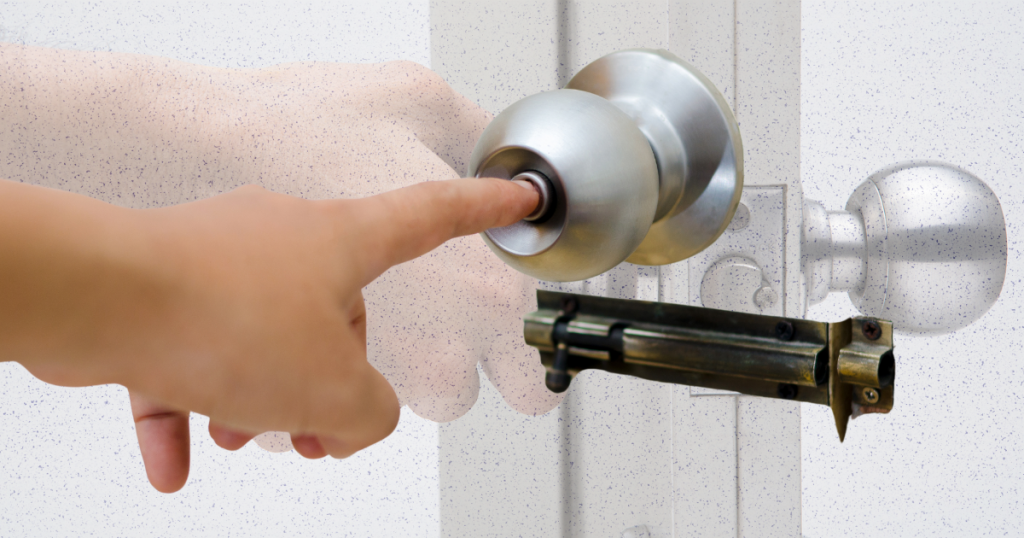
Doorknobs 101: Types, Common Uses, and DIY Installation
The most basic function of a doorknob is to provide an easier way to open and close doors. For obvious reasons, it can be a lot more difficult, and even impossible to secure a door without doorknobs. Below are the different types of doorknobs.
1. Passage Doorknobs
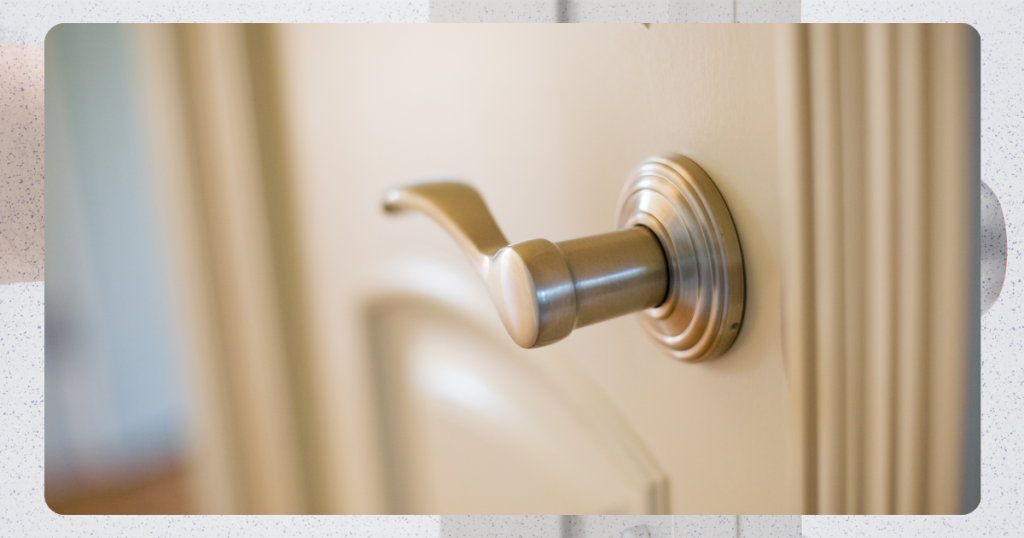
Passage doorknobs are used in interior doors that do not require locking. This can be in hallways, common areas, and laundry rooms. Passage doorknobs can also be used in rooms that need to be readily checked like children’s bedrooms, closets, and pantries. Passage doorknobs have a latch mechanism that operates without a lock.
2. Privacy Doorknobs
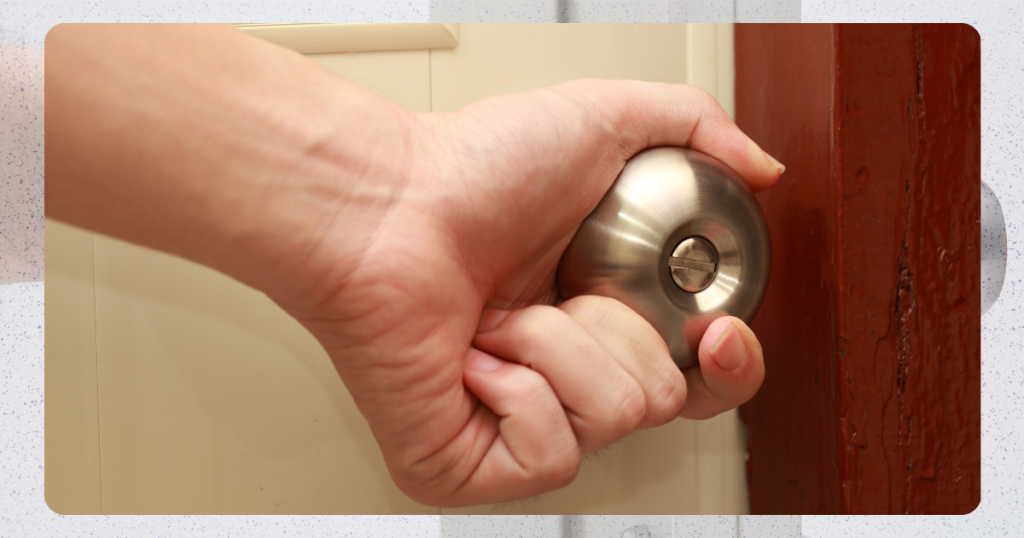
Much like the name suggests, privacy doorknobs are used in spaces where privacy is needed.
Unlike passage doorknobs, privacy doorknobs can be locked from the inside with a button or a turn piece, and unlocked from the outside with a key. Privacy doorknobs are often used in bedrooms and bathrooms.
3. Keyed Entry Doorknobs
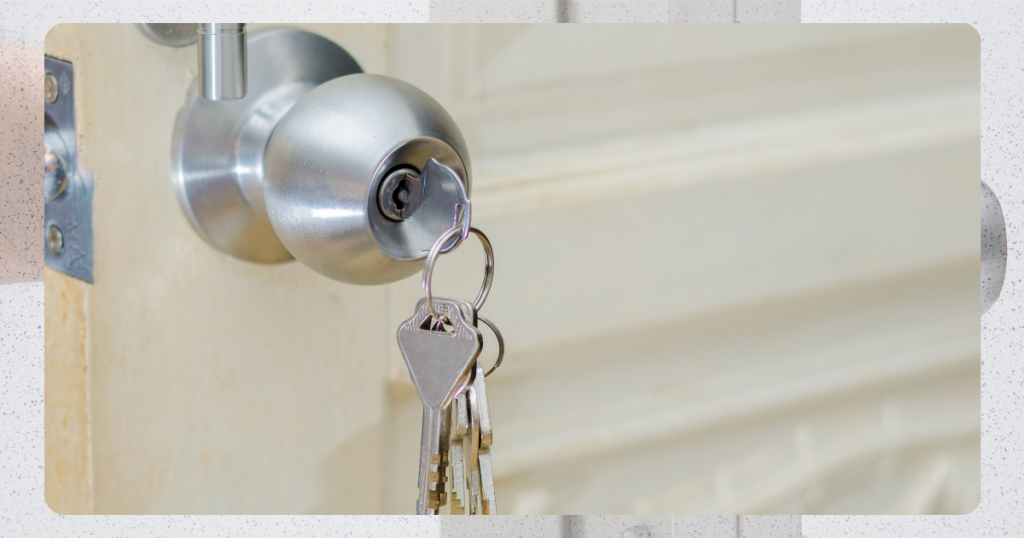
Keyed entry doorknobs are used in exterior doors where security is important. Keyed entry doorknobs can be locked from both sides with a single key.
4. Dummy Doorknobs
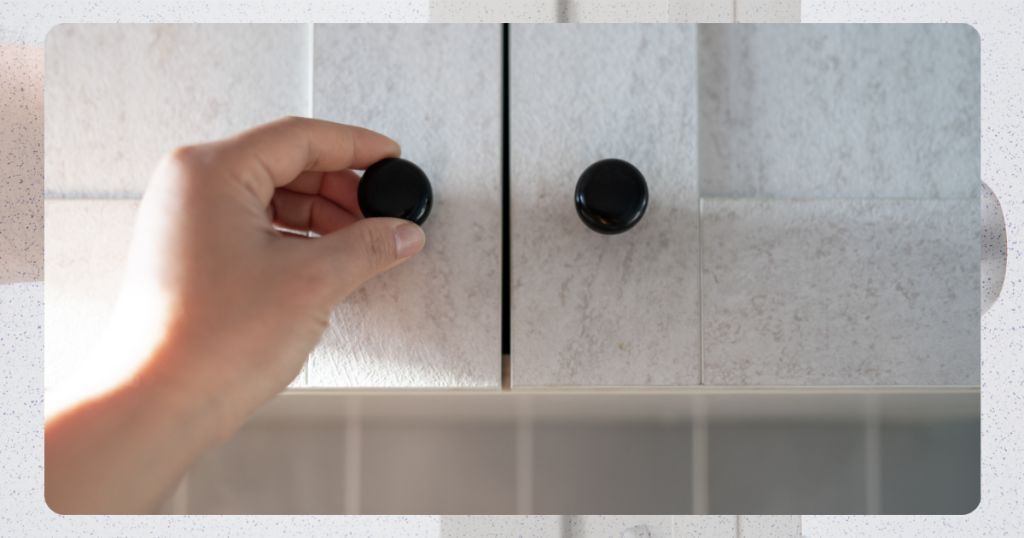
A dummy doorknob has a handle feature but it is not secure because they do not latch. They are often used for decorative purposes or on doors that don’t require a latch like bi-folds or kitchen closet doors. Dummy doorknobs are fixed doorknobs that do not turn.
doorknobs come in various styles and materials. They can come in a traditional round shape or a sleek minimalist design. They can be made from metal, glass, crystal, ceramic, porcelain, and wooden materials.
Step-by-Step Guide to DIY Doorknob Installation
Installing a doorknob without professional help can be challenging, but it is easier by following this simple guideline below.
1. Remove the old knob
- Gather the necessary materials (screwdriver/drill, screws, faceplate, chisel, tape measure)
- Locate the screws and unscrew the knob
- Remove both sides of the doorknob
- Remove the latch mechanism
2. Prepare the door
- Check to see if the hole of the old doorknob matches the dimensions of the new doorknob. (Standard doorknob holes are 2 ⅛ inches)
- Ensure the distance from the center of the hole to the edge of the door (backset) matches your new doorknob’s specifications (commonly 2 3/8 or 2 3/4 inches).
- Mark the new measurements on the door if the new doorknob requires a different backset or hole size. Use a drill to create a larger hole if necessary. Drill additional holes of the new latch placement if the old holes do not align.
3. Install the new doorknob
- Install the latch mechanism.
- Attach the doorknob.
- Secure the faceplate with the screws.
- Install the strike plate on the door frame. Use a chisel to adjust the mortise if the strike plate is not aligned with the frame. Secure the plate with screws.
- Test the doorknob to ensure that the latch moves smoothly.
Doorknobs: More Than Just Hardware
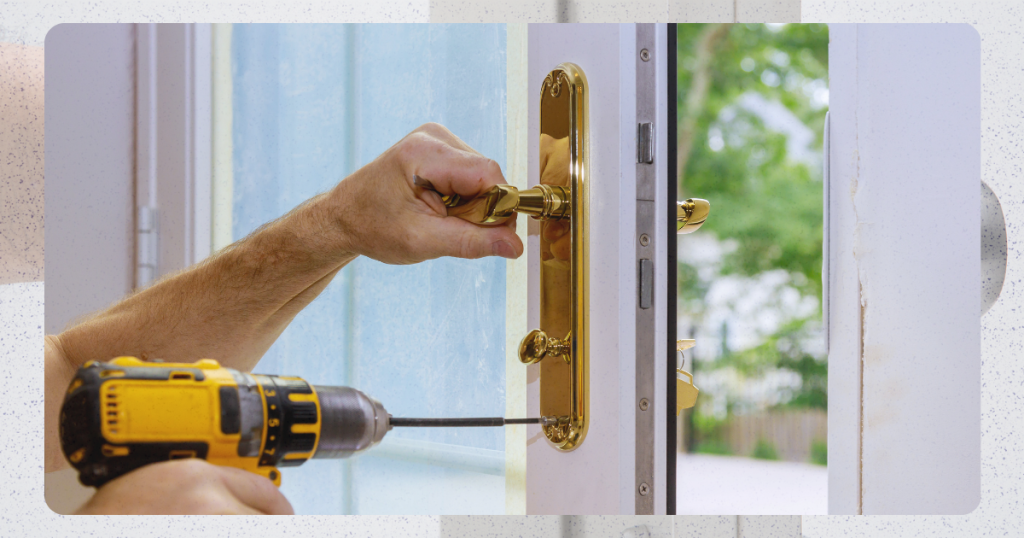
Doorknobs are essential hardware that can make or break your home’s security and functionality. Choosing the right one depends on the function you need. Identify your priorities—security, ease of use, or aesthetics—to pick hardware that delivers on all fronts. Remember, proper installation is crucial to maximize functionality. With a little planning, you can ensure your doorknobs enhance your home’s security, style, and everyday use.
References
Angi. (n.d.). 9 Types of doorknobs: Which One Is Right for You? Angi. Retrieved May 27, 2024, from https://www.angi.com/articles/types-interior-door-knobs.htm
Do it Best. (n.d.). How to Install a Doorknob and Lock. Do it Best. Retrieved May 27, 2024, from https://www.doitbest.com/global/ideas/home-improvement/how-to-install-a-doorknob-and-lock/
Van Dyke’s Restorers. (n.d.). The Different Types of doorknobs and Handles. Van Dyke’s Restorers. Retrieved May 27, 2024, from https://www.vandykes.com/types-of-door-knobs-and-handles/a/types-of-door-knobs-and-handles/










